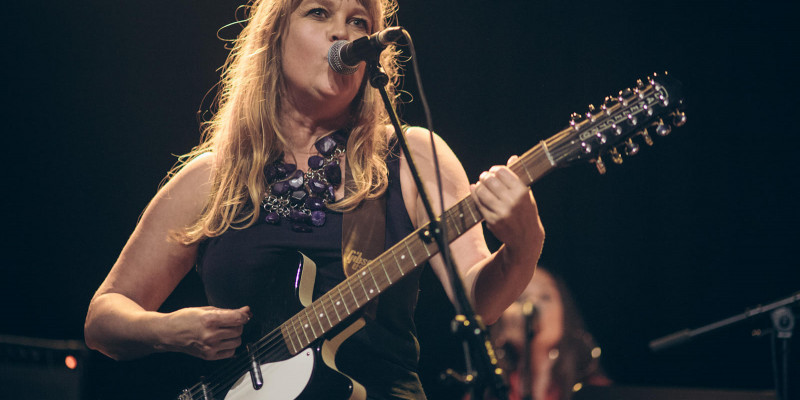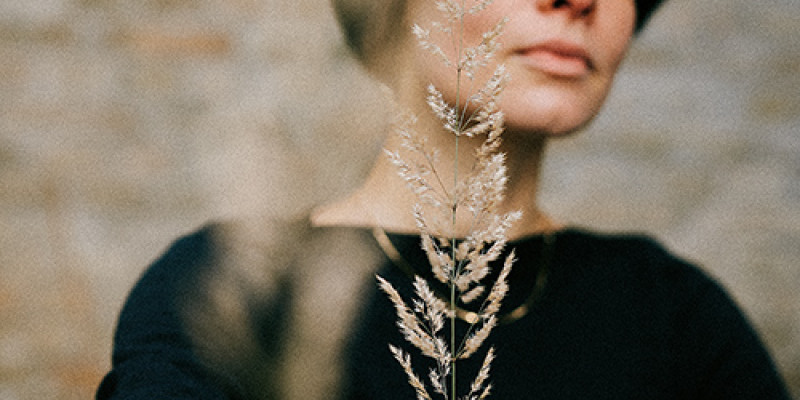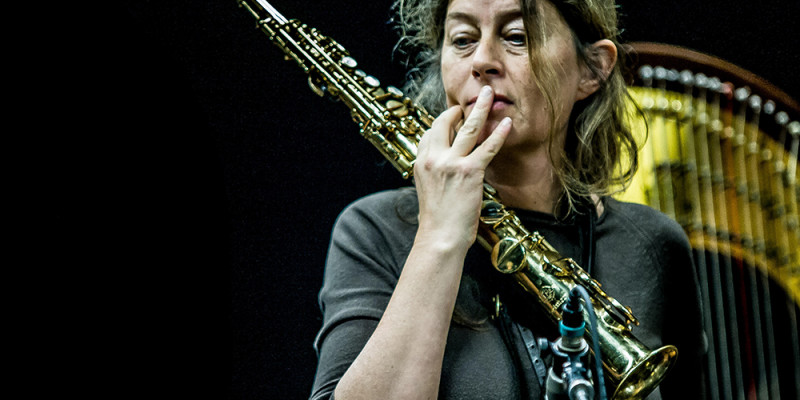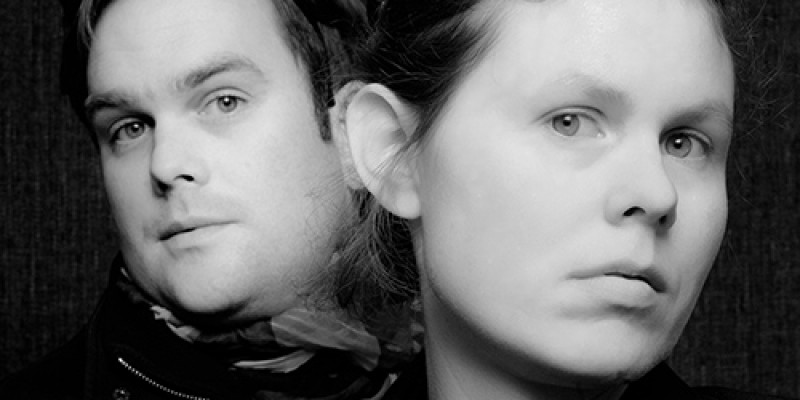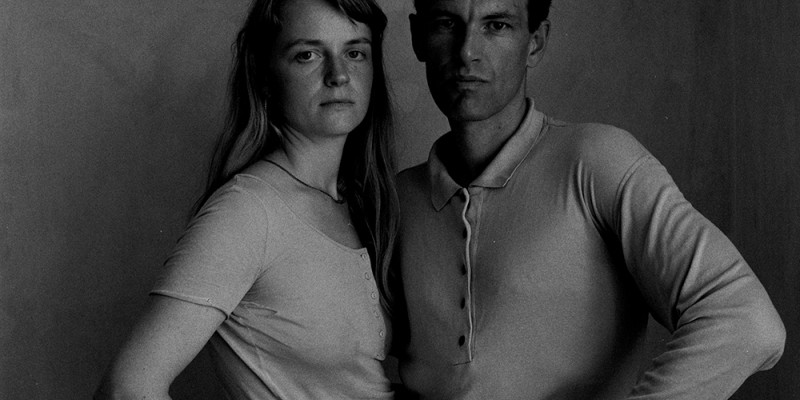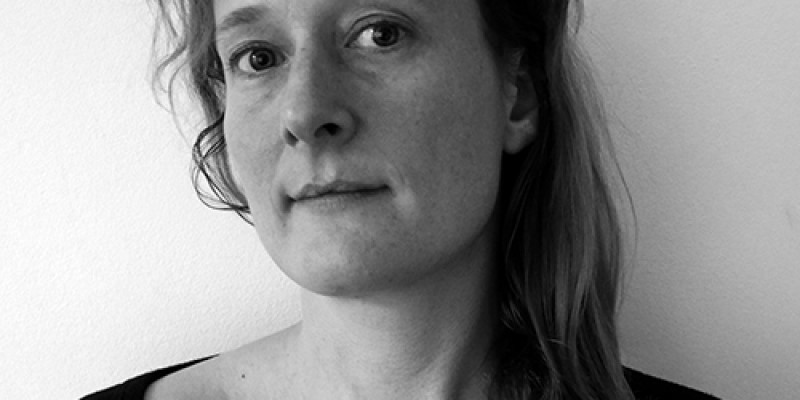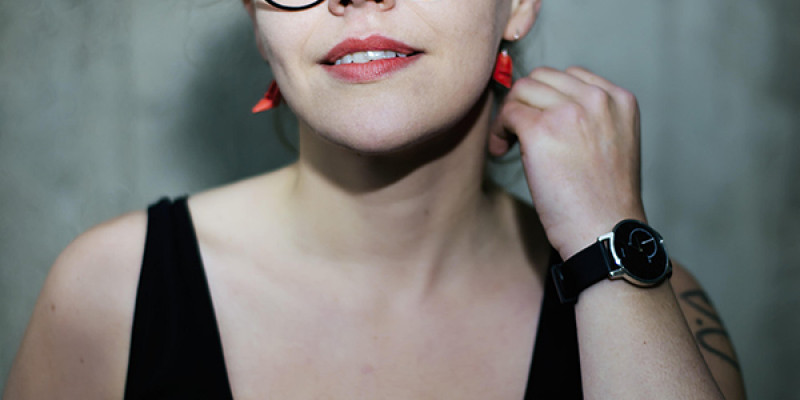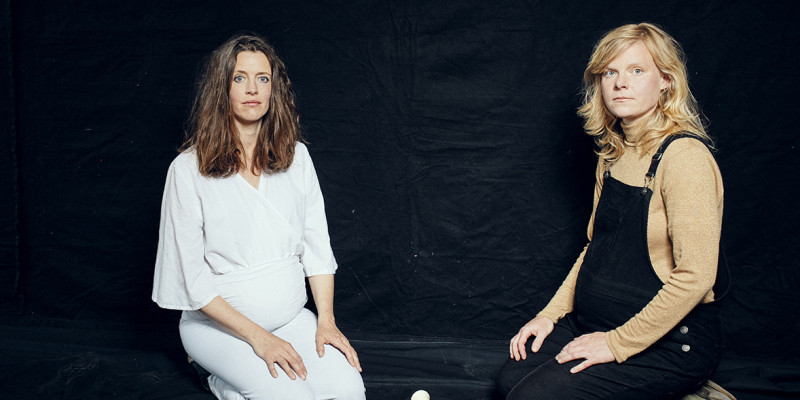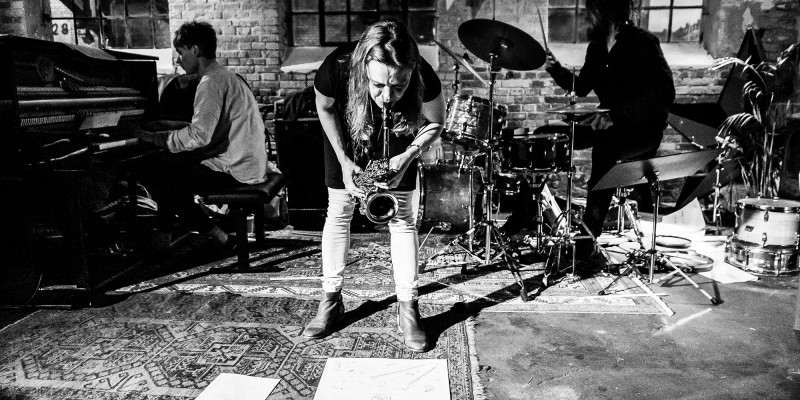
On stage we are four bodies
Gender balance in the music and dance scene, respectively, is still very skewed. With a predominance of male musicians and female dancers, we as drummers and dancers therefore have very different experiences in terms of perception of gender and bodies. In our constellation, however, we have a feeling that we have escaped the typical notions and expectations of gender, and we, as Meshes, have therefore not yet dealt directly with questions about this. A blind spot in our practice? Or something we are generally exhausted from dealing with? The invitation to the publication here has thus set some thoughts in motion, and with the gender glasses on, we will again relate to the relationship between our two media, dance and drums, and to how our social relationships affect our artistic practice.
The dance also has its own timbre in the form of the presence of the bodies and the dynamics of the movements
Artistic practice and social life
Unlike gender, bodies play a large part in our artistic practice. On stage we are four bodies. We have raised the drum set up in height and taken the big drum out of the set so we can play standing and move freely. Sometimes the drum kit is spread out in the room, and it is the movement towards the drum that dictates the rhythm. We try to embody the sound and make our bodies free from the instrument. We thus equate the drum bodies with the dance bodies in space, as standing and freely moving. The dancer's instrument is the body, which sometimes also plays on the drums. But the dance also has its own timbre in the form of the presence of the bodies and the dynamics of the movements that put the space in oscillation and vibration.
The question is, in this context, whether our gender constellation creates particular interests in our artistic practice? In the social spaces before/during/after work, conversations about menstruation, pregnancy and births have filled a lot. Topics that in many ways bind the female gender together. And it's weird to see how themes like cycles, circles, and creation stories are recurring elements in our idiom. One might say that our bodily experiences find their way into our work as artistic inspiration, but we also spend a lot of time with forms of art and literature that put these themes into larger contexts, through which the personal becomes almost archetypal – or forms figures, which is filled with meaning. Take e.g. the circle, which we have worked a lot around. It is connoted to the cyclical, the infinite, the repetitive, to the sun and moon, to the solar system, the universe ... (!) We can get quite a lot of reflect upon with such a thing and much of our material is inspired by these sort of figures.
On a more practical level, in recent years we have experienced how the fact that we all carry the biological female gender has created interruptions in our continuous work. In turn, we have all become pregnant, have given birth to babies and have been on maternity leave. A situation that we have had to figure out was how to deal with pregnancy when we can no longer expose our bodies to loud noises or great physical activity. Then comes childbirth, where another human being is dependent on our bodies and where our mindset is somewhere else. Fascinating processes, but which require a break from Meshes and not least from touring life, when we are away from home, baby and partner. However, we have agreed that the group's work and activities will continue, even though there are periods when not everyone can participate. In some situations we use replacements and in others we play with a smaller crew.
Media technology – energy and history
Until now, Meshes's work has existed exclusively acoustically/analogously. The technological question for us has therefore been about experimenting with and finding balance between the two medias’ basic material, their qualities, energies, potentials and limitations.
The drums get double 'points' in the balance of power
The sound of the drums is omnipresent, all-encompassing, with the waves of the sound being exposed in all directions all the time. The dance is conditioned by the gaze and is thus directional. The drums can therefore quickly come to dominate the senses over the dance, as you can turn your gaze away from the dance, but not from the sound. In addition, the drumming is based on the action 'hitting with a stick', which visually evokes associations with other actions where one strikes. Actions where the one who strikes, (most often) is in the highest position of power. In this way, the drums get double 'points' in the balance of power when we compare them with the dance, which has a more fleeting quality to it. In our work we are very aware of this relationship and we are interested in finding moods and forms of communication that challenge this. We do this by experimenting with the qualities of the media, which can be said to be determined by their technology or mechanics. In many of our performances, a basic element is thus to get the qualities of the body into the use of drums and get the qualities of the drum into the way we move.
It turned into a fast 'shuffle dance', where the feet in the meeting with the floor said dadadam dadadam dadadam
We can give an example from our performance String Figures. Here we wanted to create an energetic moment where the volume was turned up and the pulse came up while running. We first tried this by letting the drums play an energetic pulsating rhythmic figure, for which we created a synchronous choreography at the same fast pace. However, we quickly had to admit that no matter how hard we worked, the dance could not keep up with the fullness and energy of the drums. To get the effect of a mutual energy release, we instead gave the dance the role of the initiating and sustained pulse. It turned into a fast 'shuffle dance', where the feet in the meeting with the floor said dadadam dadadam dadadam, after which the drums followed with a heavier noisy universe of free beats and just the hint of repetitive rhythmic figures.
Another factor that prevails in the relationship between drums and dance is the associations one gets with traditional dances, where the drums often dictate the dance. To draw a parallel to the issue of gender, there is also an element of a gender relationship here, where it has often again been men playing drums and women dancing. We feel this historical awareness in ourselves and from colleagues and the audience. There is a discomfort associated with this, as despite the long struggle of women, we are still in a patriarchal-dominated society. For that reason, it is actually absolutely crucial that our gender constellation is as it is - and that we do our best not to let the drums dominate the dance. That being said, there will always be moments where the drums take over and others where it is the dance that is in focus. In this way, we strive for an equal relationship, where the media's possibilities and limitations come into play in the best possible way.
English translation: Andreo Michaelo Mielczarek


